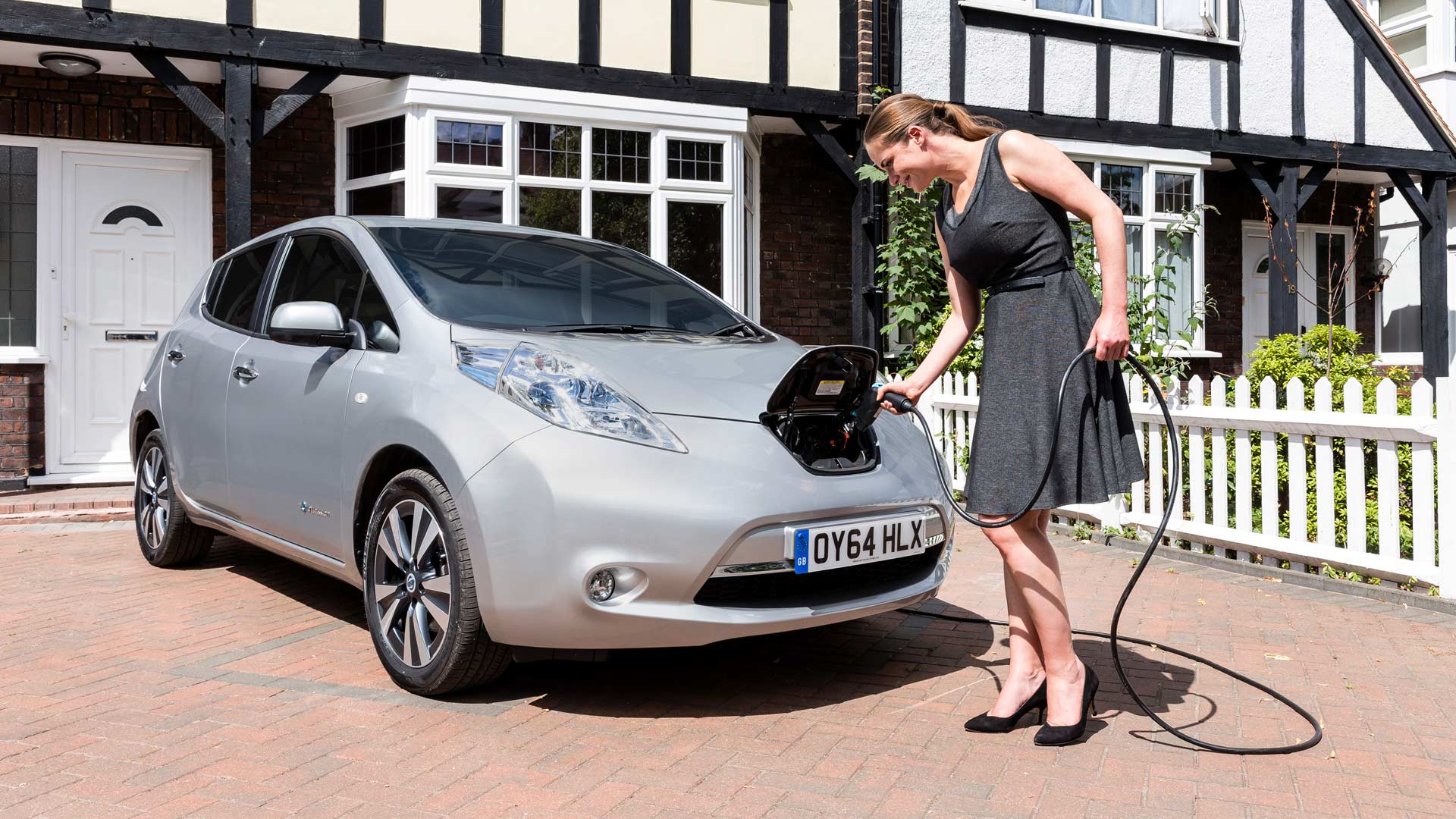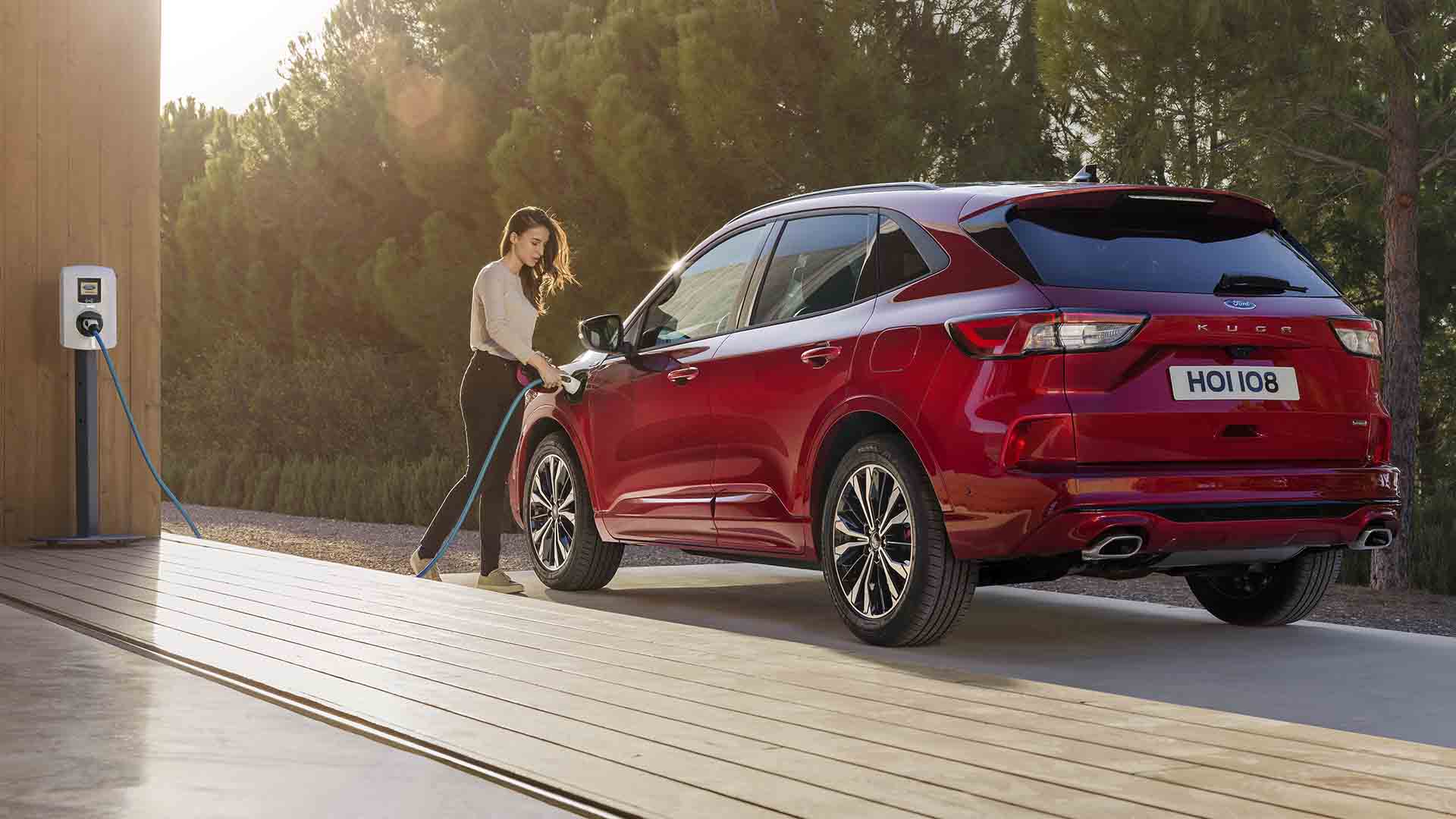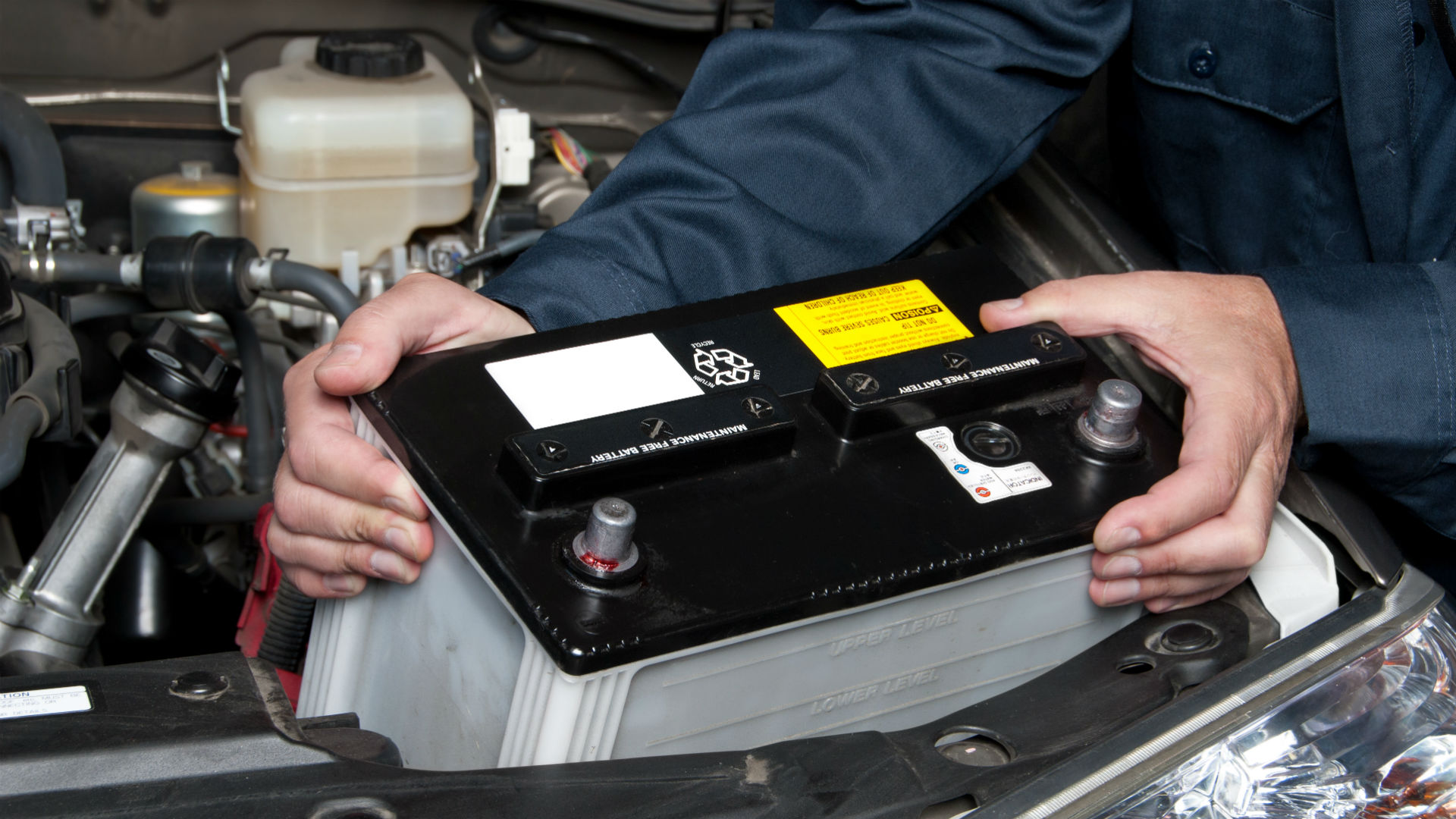
Road traffic levels are now ‘akin to those in the early 1970s’, as millions of motorists stay at home during the lockdown. As a result, many cars will be left unused for weeks on end.
Leaving a car untouched can lead to problems with the battery, tyres, brakes and bodywork, but there is specific advice for electric and plug-in hybrid cars. Here, we reveal the tips for electrified vehicles when not in regular use.
The advice comes from Bob Taenaka, senior technical leader for battery and cell system development at Ford. He says the most important thing is to make sure your car’s 12-volt battery remains charged and the high-voltage battery has adequate charge. At least 10 percent is required to prevent it draining to zero.
If you have driven or had your electric/plug-in hybrid vehicle on charge for at least eight hours within the past month, the 12-volt battery should be adequately charged.
When storing a battery electric car for longer periods, a charge of between 10 percent and 80 percent is recommended. A high-voltage battery above 10 percent state of charge can go for more than six months without charging, but the 12-volt battery will drain much faster.

Taenaka recommends disconnecting the negative terminal of the 12-volt battery. Alternatively, leave the electrified vehicle plugged in and connect the 12-volt battery to a trickle charger.
“If you are storing your vehicle for longer than 30 days without use, we recommend disconnecting the negative terminal of your 12-volt battery,” says Taenaka. “This avoids depletion and potential damage to the battery, which runs the internal systems such as heating – without the need for monthly maintenance.”
Disconnecting the 12-volt battery

Remember the following points when disconnecting a 12-volt car battery:
- Make sure you have the key fob outside of the car, because you may need to use the physical key to lock and unlock the vehicle.
- If the vehicle is in a locked garage and the 12-volt battery is in the boot, leave the boot lid open.
- Once the 12-volt battery is disconnected, use the key to unlock and lock the doors.
- If the battery is in the boot and you’re not storing the car in a garage, you will require another 12-volt source. Follow the ‘jump start’ instructions in the owner’s manual to restore 12-volt power to the vehicle in order to open the boot.
ALSO READ:
Toyota invests £300m in electric air taxi company
Electric cars to make UK diplomats ‘greenest in the world’
Idris Elba to reveal Ford’s ‘Mustang-inspired’ electric SUV
Thanks, Gavin Braithwaite-Smith for such an informative blog on “How to self-isolate electric or plug-in hybrid car”